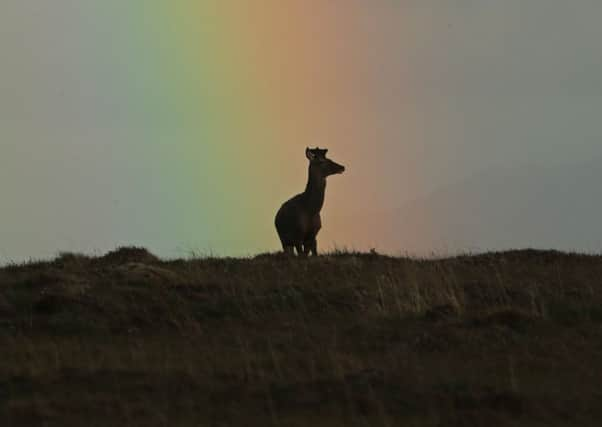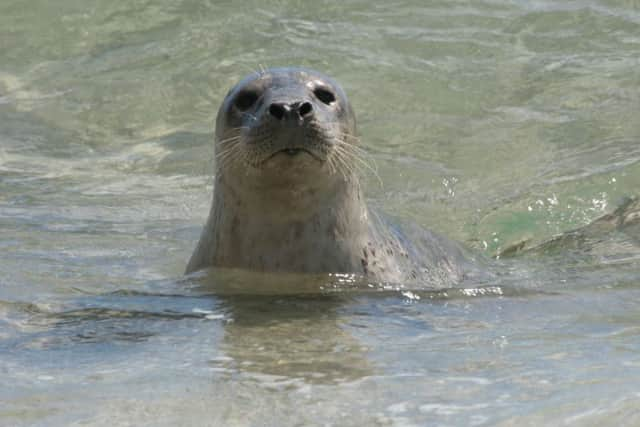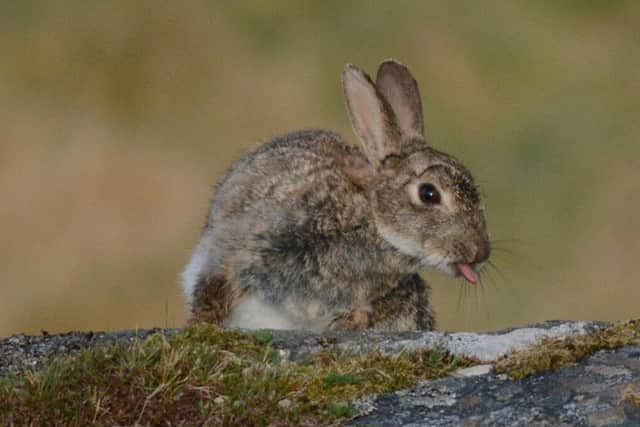Managing the Mammals of the Outer Hebrides


Most of these mammals are not native. A definition of native animal is that they naturally occur in an area, without assistance from humans (accidental or otherwise) and we have only four species which fit this description: the Eurasian otter, the grey and harbour seal and the pipistrelle bat.
Fittingly for an island chain, three of these species are aquatic mammals, two being marine specialists and the other can fly.
Advertisement
Hide AdAdvertisement
Hide AdIn the list of our other mammal species some, such as red deer and field vole, have been here a very long time.


Field voles probably arrived accidentally, brought over in the boats of the first settlers to the Uists. Interestingly, they never made it across the caolas to Harris and Lewis, but the population on Uist provides food for two moorland birds of prey: the hen harrier and short eared owl.
The arrival of red deer is uncertain and they may be native, but it appears that they arrived with humans, approximately 9000 years ago.
Rabbits, whose burrows loosen sand dunes but provide ready food for eagles, were introduced deliberately (for food and fur) many centuries ago.
Advertisement
Hide AdAdvertisement
Hide AdOther mammals, such as hedgehogs on Uist and mink on Harris, Lewis and Uist, are recent arrivals. Both reached the islands – hedgehogs released by gardeners and mink escaped from fur farms - in the 1970s without consideration for the environmental impacts such species may have on our delicate island ecosystems.


Today, our farmland wading birds exist at some of the highest densities in all of Europe. Prior to the arrival of the hedgehog and mink, the numbers were even higher.
Our pets are also non-native additions to the island fauna, and of these, cats in particular can have significant impacts on native bird populations.
During the breeding season, flightless chicks can be attractive prey for cats, but small changes to how you manage your pet can have a big influence on your pet’s behaviour. Putting a bell on the collar and keeping them indoors at night can help reduce their hunting ability, but still enable them to enjoy the great outdoors.
Advertisement
Hide AdAdvertisement
Hide AdFeral cats are a contentious subject, but with diseases such as Feline HIV present in the population it’s worth ensuring the numbers don’t get out of control.
These negative impacts are much talked about, but the impacts mammals have had on these isles throughout history can be hard to pin down.
In the distant past, the Uists would have been far more wooded than they are today.
Part of the reason for the blanket sweep of moorland is historical climate change, leading to wetter, cooler summers, but the current lack of trees can be directly related to the presence of herbivores such as red deer and sheep both of which nibble any seedling that pokes its head above the heather. Both deer and sheep have a place on the islands, but the fact that they have changed our islands is something that cannot be ignored.
Advertisement
Hide AdAdvertisement
Hide AdThe presence of the ubiquitous brown rat is linked to human presence: where we go, rats follow, and so in the past it was the same for black rats which are now absent from the Outer Hebrides following the successful eradication from the Shiant Isles.
This project has shown how the fortunes of islands can be changed by the removal of damaging introduced mammals.
On the Shiants the rats were multiplying freely and feeding on seabird chicks within the globally important breeding site.
Now, three breeding seasons post-eradication it is still too early to be able to judge breeding success of seabirds, but the evidence shows that breeding success for passerine species have improved and there are positive signs of the rare storm petrels breeding on the islands once more.
Advertisement
Hide AdAdvertisement
Hide AdResearch into the breeding success of the seabirds is ongoing.
When working together to manage non-native animals, conservationists, crofters and governments can dramatically improve the fortunes of struggling native birds, and help avert disaster before it happens.
The Outer Hebrides are special: Let’s keep them that way.